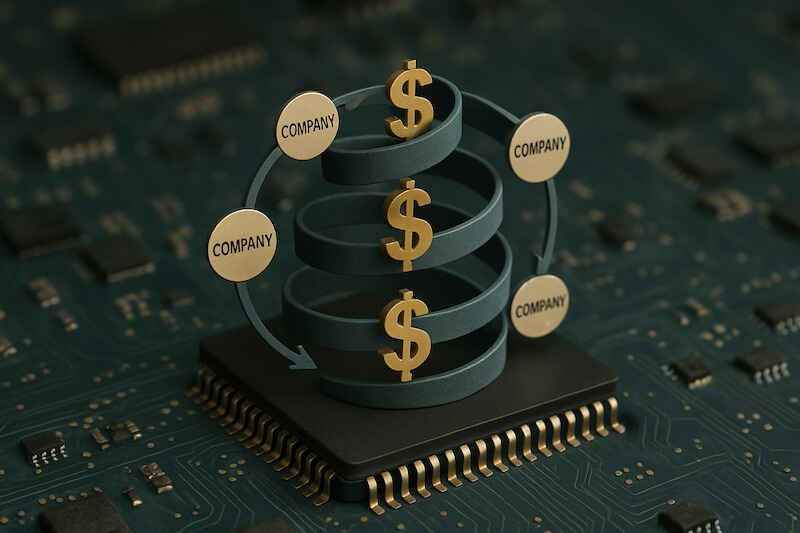This Weakening Sector Says There’s Danger Ahead
Shah Gilani|July 19, 2024

Bank earnings are out… and, boy, do they have an interesting tale to tell.
There’s good news and bad news… and signs there could be challenges ahead.
First, the good news.
The big banks made plenty of money from their investment activities and market operations.
JPMorgan Chase, (JPM) Bank of America (BAC), Citigroup (C), Wells Fargo (WFC), and Goldman Sachs (GS) all fared well.
They saw revenue boosts from merger and acquisition activity, plus double-digit increases in investment banking revenue.
The surging stock market was a boon for banks’ asset and wealth management businesses.
Revenue surged in these from these areas, thanks to the high market valuations and increased client activity. Goldman Sachs enjoyed a 27% revenue jump.
Now for the bad news…
Caution Ahead
Despite these gains, there were clear signs of caution…
Especially on the consumer front.
Lower Net Interest Income. Despite continued high interest rates, net interest income (NII) margins declined for most of the banks. Bank of America was the anomaly, saying it expects its NII to keep rising in future quarters. NII is the difference between the interest a bank earns versus the interest it pays out and is a key driver of bank profitability. It covers mortgages to auto, personal, and commercial real estate loans.
Increased Delinquencies and Consumer Pressure. There’s a noticeable uptick in delinquencies, particularly in credit card payments. Consumers are under financial stress, especially those in lower income brackets.
It’s a troubling trend…

As CEO Jane Fraser said in Citigroup’s earnings call…
There are clear signs of a softening labor market and the tightening of the consumer budget.
Citi CFO Mark Mason agreed…
We have the higher FICO score customers that are driving the spend growth and that, frankly, have still continued strong balances and savings and it’s really the lower FICO band customers where we’re seeing the sharper drop in payment rates and more borrowing.
Higher interest rates and inflation are weighing on folks. That stress is leading to more consumers carrying balances and falling behind on payments.
Subdued Loan Demand. Banks are seeing muted demand for loans. That points to a broader reluctance or inability among consumers and businesses to take on new debt. Without new debt… we could see reduced economic activity.
And Rising Loan-Loss Provisions. Banks are bracing for potential troubles. JPMorgan set aside a massive $3.1 billion to cover potentially bad loans. That’s up over previous quarters.
The move, echoed by other banks like Citigroup, is a defensive measure against possible future loan defaults.
It’s clear the big banks are worried about the financial health of consumers… and are preparing for tougher times ahead.
The increases in loan-loss provisions and the rising consumer delinquencies suggest that banks expect a downturn in consumer spending… which in turn could signal a broader economic slowdown.
While the banks came out of the second quarter relatively unscathed… both banks and consumers are moving into the second half of 2024 with an eye toward potential economic storms.
It’s a trend we’ll be watching… and preparing for.

Shah Gilani
Shah Gilani is the Chief Investment Strategist of Manward Press. Shah is a sought-after market commentator… a former hedge fund manager… and a veteran of the Chicago Board of Options Exchange. He ran the futures and options division at the largest retail bank in Britain… and called the implosion of U.S. financial markets (AND the mega bull run that followed). Now at the helm of Manward, Shah is focused tightly on one goal: To do his part to make subscribers wealthier, happier and more free.



